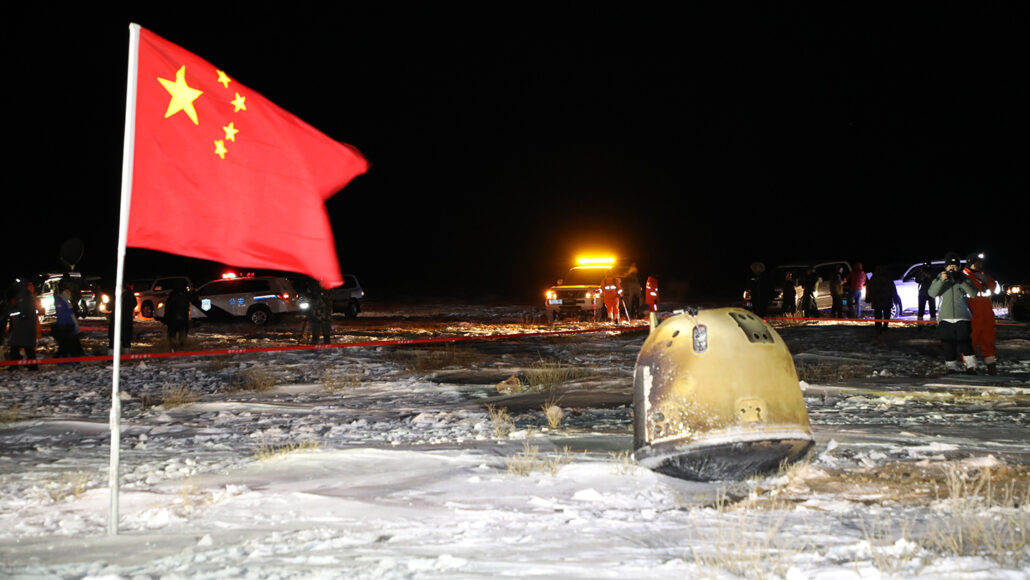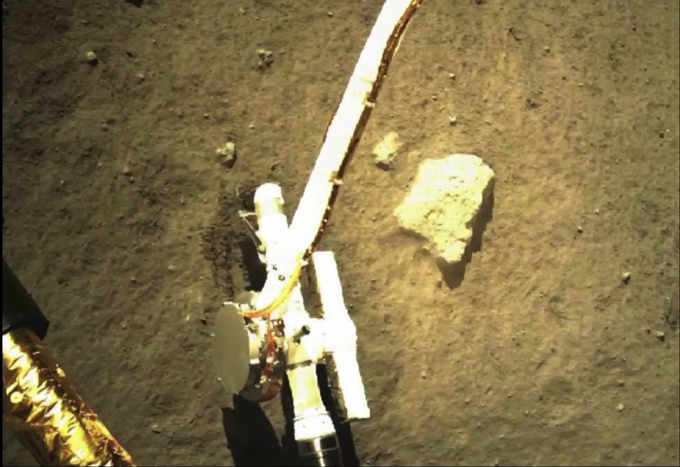Ranking of European cities with highest mortality due to lack of green space
Cities in Europe could prevent up to 43,000 deaths each year if they achieved the WHO recommendations on access to green space
Peer-Reviewed PublicationA team from the Barcelona Institute for Global Health (ISGlobal), a centre supported by the ”la Caixa” Foundation, has identified the European cities with the highest and lowest rates of mortality attributable to a lack of green space. The team analysed more than 1,000 cities in 31 European countries and concluded that up to 43,000 premature deaths could be prevented each year if these cities were to achieve the WHO recommendations regarding residential proximity to green space. The data were published in The Lancet Planetary Health and the city ranking is available at www.isglobalranking.org.
Green space is associated with a number of health benefits, including lower premature mortality, longer life expectancy, fewer mental health problems, less cardiovascular disease, better cognitive functioning in children and the elderly and healthier babies. It also helps to mitigate air pollution, heat and noise levels, contributes to CO2 sequestration and provides opportunities for physical exercise and social interaction.
Based on a review of the scientific evidence, the WHO recommends universal access to green space and sets that there should be a green space measuring at least 0.5 hectares at a linear distance of no more than 300 metres from every home. On the basis of these guidelines and data from previous studies, a team from ISGlobal’s Urban Planning, Environment and Health Initiative estimated the mortality attributable to a lack of green space in 978 cities and 49 metropolitan areas.
To calculate the amount of green space in each city, the study used the Normalised Difference Vegetation Index (NDVI) as the main proxy. NDVI is an indicator that measures how green an area is. It takes into account all types of vegetation, from street trees to private gardens and it is calculated using satellite images. Since the type of vegetation differs among cities and regions and not all of them have the same kind of greenness, the team translated the WHO recommendation into a specific NDVI value for each city.
The team obtained data from 2015 on natural-cause mortality and green space levels for each city. Using a quantitative health impact assessment methodology and data from previous large meta-analyses of existing studies on the association between green space and mortality, they estimated the number of deaths from natural causes that could be prevented if each city were to comply with the WHO recommendation.
Over 60% of Population Has Insufficient Access to Green Space
The overall NDVI results showed that 62% of the population lives in areas with less green space than recommended. This lack of green space is associated with 42,968 deaths—2.3% of all deaths from natural causes—which could be prevented through compliance with the WHO recommendations.
“Our findings show that green space is very unevenly distributed across European cities, with mortality attributable to insufficient exposure to green space ranging from 0% to 5.5% of all natural deaths, depending on the city,” commented ISGlobal researcher Evelise Pereira, lead author of the study. “However, the uneven impact is not only between cities, but also between different areas within the cities, which puts some people at a disadvantage, depending on which city or neighbourhood they live in. Too often green spaces are not close to where people live, and people don’t get the health benefits”, she added.
The list of cities with the highest rates of mortality attributable to a lack of green space includes cities in Greece, Eastern Europe, the Baltic republics and Italy, as well as most of the continent’s capital cities. Specifically, the capital cities with the highest mortality rates were Athens, Brussels, Budapest, Copenhagen and Riga.
“This study provides an overview that shows that there is much work to be done in terms of re-greening cities and that the reduction of mortality could be even greater if we were to set more ambitious targets than the WHO recommendations,” remarked Mark Nieuwenhuijsen, Director of the Urban Planning, Environment and Health Initiative at ISGlobal and last author of the study.
“European cities should focus on reclaiming urban land for green space, introducing nature-based solutions such as green roofs and vertical gardens, and other measures such as rerouting traffic, digging up asphalt and replacing it with green space, green corridors, street trees and pocket parks across the board. Our study also shows that it is important that green spaces are accessible and close to residences,” added Nieuwenhuijsen.
Percentage of green areas
The study included a second analysis using a different green space proxy: the percentage of green areas (%GA). Unlike the NDVI, this indicator measures the percentage of an area that is officially declared as green space and only takes into account public green areas. The estimations of the mortality burden associated to this proxy were based on less robust previous evidence and the results were not statistically significant. This second analysis showed a lower number of preventable deaths: 17,000 in total.
An important limitation of the study is that it did not consider the presence of blue spaces, such as rivers or beaches, whose possible health benefits, therefore, have not been estimated.
Full Rankings at www.isglobalranking.org
This study is the second in a series dedicated to measuring urban exposures in European cities. A ranking of cities by mortality attributable to air pollution was published in January 2021. The data and lists for both rankings are available at www.isglobalranking.org.
Top 5 Cities With Highest Burden of Mortality
The 5 cities with more than 100,000 inhabitants with the highest mortality burden due to low normalised difference vegetation index (NDVI) are as follows:
| Rank | City | Country | Preventable deaths - NDVI | % of population below recommended levels |
| 1 | Trieste | Italy | 145 | 74 % |
| 2 | Turin | Italy | 546 | 92% |
| 3 | Blackpool | United Kingdom | 144 | 73% |
| 4 | Gijón | Spain | 138 | 71% |
| 5 | Brussels | Belgium | 426 | 78% |
Top 5 Cities With Lowest Burden of Mortality
The 5 cities with more than 100,000 inhabitants with the lowest mortality burden due to low normalised difference vegetation index (NDVI) are as follows:
| Rank | City | Country | Preventable deaths - NDVI | % of population below recommended levels |
| 1 | Elche/Elx | Spain | 4 | 20% |
| 2 | Telde | Spain | 2 | 33% |
| 3 | Guimarães | Portugal | 3 | 18% |
| 4 | Perugia | Italy | 10 | 31% |
| 5 | Cartagena | Spain | 10 | 51% |
Reference
Pereira Barboza E, Cirach M, Khomenko S, Iungman S, Mueller N, Barrera-Gómez J, Rojas-Rueda D, Kondo M, Nieuwenhuijsen M, Green space and mortality in European cities: a health impact assessment study, Lancet Planet Health 2021; 5: e718–30. https://doi.org/10.1016/S2542-5196(21)00229-1.
JOURNAL
The Lancet Planetary Health
METHOD OF RESEARCH
Data/statistical analysis
SUBJECT OF RESEARCH
People
ARTICLE TITLE
Green space and mortality in European cities: a health impact assessment study
ARTICLE PUBLICATION DATE
7-Oct-2021
Nature-based activities can improve mood and reduce anxiety, new study shows
Outdoor nature-based activities are effective for improving mental health in adults, including those with pre-existing mental health problems, a new study has found.
The research - led by the University of York - showed that taking part in outdoor, nature-based activities led to improved mood, less anxiety, and positive emotions.
The study found that activities lasting for 20 to 90 minutes, sustained for over the course of 8 to 12 weeks, have the most positive outcomes for improving mood and reducing anxiety.
Gardening and exercise were among the activities associated with mental health benefits. Engaging in conservation activities was also reported to make people feel better, as did ‘forest bathing’ (stopping in a forest to take in the atmosphere).
Nature-based interventions (NBIs) support people to engage with nature in a structured way to improve mental health.
As part of the study, researchers screened 14,321 NBI records and analysed 50 studies.
Lead author of the study, Dr Peter Coventry from the Department of Health Sciences, said: “We've known for some time that being in nature is good for health and wellbeing, but our study reinforces the growing evidence that doing things in nature is associated with large gains in mental health.
“While doing these activities on your own is effective, among the studies we reviewed it seems that doing them in groups led to greater gains in mental health.”
However, the study found there was less evidence that outdoor activities led to improved physical health. The research suggests that there needs to be more appropriate ways to measure the short and longer-term impact of nature-based activities on physical health.
The paper argues there is a need for substantial, sustained investment in community and place-based solutions such as nature-based interventions, which are likely to play important role in addressing a post-pandemic surge in demand for mental health support.
“One of the key ideas that might explain why nature-based activities are good for us is that they help to connect us with nature in meaningful ways that go beyond passively viewing nature”, Dr Coventry adds.
The research forms part of the new ‘Environment and Health’ research theme, supported by the York Environmental Sustainability Institute (YESI). As part of the same theme, Dr Coventry and co-author Professor Piran White are now working with partners at the University of Central Lancashire to understand the health benefits of green social prescribing, in a study funded by the West Yorkshire and Harrogate Health and Care Partnership.
Academics from the Department of Health Sciences, Department of Environment and Geography, York Environmental Sustainability Institute (YESI), Hull York Medical School and Stockholm Environment Institute at York contributed to the study.
###
Notes to editors
‘Nature-based outdoor activities for mental and physical health: Systematic review and meta-analysis’ is published in SSM - Population Health.
University of York academics from the Department of Health Sciences, Department of Environment and Geography, York Environmental Sustainability Institute, Stockholm Environment Institute contributed to the study, as well as researchers from the National Centre for Social Research, Hull York Medical School, Centre for Sustainable Healthcare, Oxford, and the Bradford Institute for Health Research.
The project is funded by the UKRI Closing the Gap Network and the NIHR Yorkshire and Humber ARC.
JOURNAL
SSM - Population Health
METHOD OF RESEARCH
Systematic review
SUBJECT OF RESEARCH
People
ARTICLE TITLE
Nature-based outdoor activities for mental and physical health: Systematic review and meta-analysis
ARTICLE PUBLICATION DATE
1-Oct-2021






